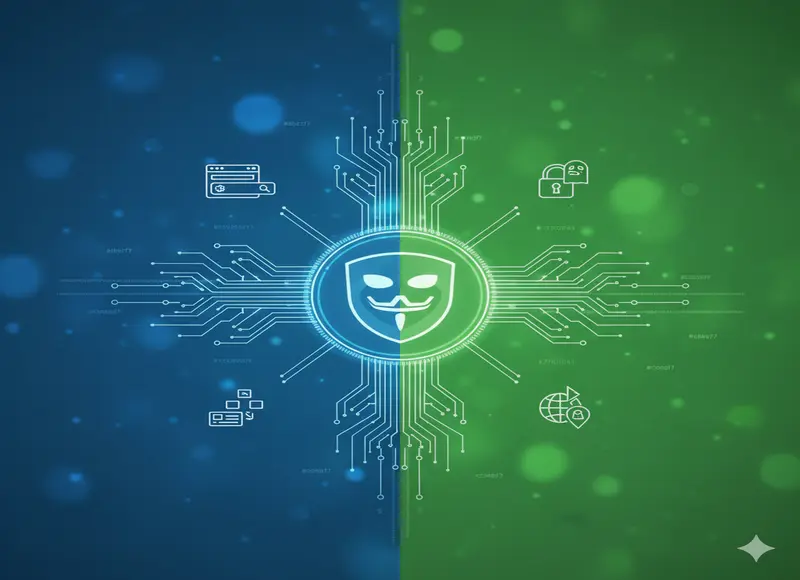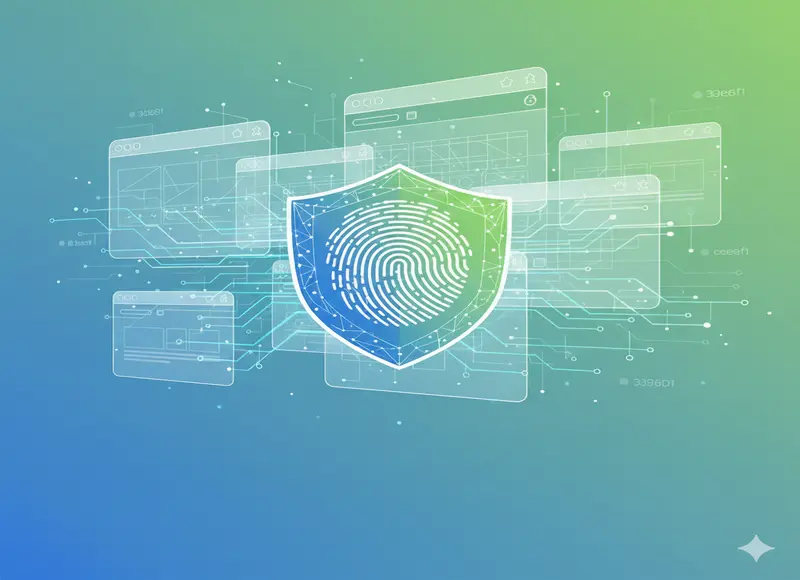Table of Contents
Discover strategies to effectively monitor progress in remote software development teams. Learn about communication tools, goal-setting, accountability, team building, and maintaining work-life balance.

The most dramatic changes to the software development landscape relate to remote work. Teams no longer need to be confined to an office but can work from anywhere worldwide. This means that a company could gain greater access to talent and flexibility. However, there are also some challenges in managing remote software development teams. These include effective communication, team unity, monitoring of job progress, and a worthwhile working environment.
One needs proper strategy planning and utilizing tools and practices specific to the remote setup to implement these. Following is a list of some of the most important strategies that can help manage dispersed software development teams and guarantee their success.
Lay Down Clear Communication Channels
Communication is the key to any remote team. When managing remote software developers, establishing clearly defined lines of communication is essential. Unlike a physical office, you can't simply walk over to someone's desk to ask a question. This makes effective communication channels crucial for collaboration and productivity.
Therefore, virtual tools come in handy to connect members of a remote team. The appropriate systems should be implemented, whether it's a self-hosted corporate chat, Slack or other instant messaging tools, Trello or Jira project management tools, or Zoom video conferencing software.
It is important to establish a distinction between different kinds of communication. For instance, quick updates and queries are okay over chat apps, but video calls are better for more extensive discussions and brainstorming.
Secondly, managers should create expectations on which tool to use for any particular need to minimize confusion. It is also advised to have a meeting rhythm, such as daily standups or weekly check-ins, to keep people in sync and progress tracked.
Set Clear Goals and Expectations
A remote custom software development company operates best with clear goals and expectations. To eliminate the daily oversight of working in an office, remote employees have to have very defined objectives to guide them. From the outset of a project, the manager should be clear about the scope, timeline, and deliverables. This ensures each man knows his responsibilities and what goals he is working toward.
It is also very important to realize another key strategy: breaking larger projects into smaller, granular tasks. Utilize tools such as Jira or Asana to provide task management support by clearly describing what a person is expected to do, a due date, and linkages. Equally important is ensuring every team member understands how their contribution relates to the larger project. Reviewing such goals regularly, as well as being able to offer feedback, keeps the team aligned and motivated.
Foster a Culture of Trust and Accountability
As working remotely works, trust becomes one of the crucial elements in the software development processes, where projects can be very complex, and timelines are normally pretty long. Micromanaging diminishes trust and closes off creativity. Instead, managers must build a culture in which team members trust that they will finish the work independently, having personal responsibility for results.
Transparency will help in gaining confidence. "Regularly encourage team members to share progress, challenges, and insights." It helps managers ensure that the work environment is such that employees can express their views without fear of judgment. Moreover, accountability will be much easier when everyone is aware of what the others are up to and how that applies to the whole project.
You can also enable accountability by implementing project management and employee monitoring software to track the performance of individuals and teams. That way, you can monitor who is doing what and how. Keep the deliverables in mind without micromanaging the team's day-to-day workflow. Give your developers more ownership and more reason to trust them with the delivery quality.
Use the Right Tools
The tooling you choose to engage with in managing a distributed software development team can make or break your success. Not being in person to collaborate, the tools become essential for communication, collaboration, task tracking, and version control. Detailed here are some of the most effective categories of tools when considering remote software development:
Communication tools
Slack, Microsoft Teams, Zoom, or Google Meet make it easy to stay in touch with a remote team through real-time messaging and video conferencing.
Project Management Tools
Nifty, Jira, Asana, and Trello all help with task management, sprint management, backlog management, and progress tracking. This gives a clear overview of who is responsible for any given task and its status.
For instance, Git, Bitbucket, and GitHub are highly important in software development teams. They are necessary for code versioning, change tracking, and code collaboration.
Continuous Integration/Continuous Deployment: Jenkins, CircleCI, or Travis CI automates testing and deployment, ensuring that code changes are continuously integrated and tested without human intervention.
Time tracking system
Tools like Toggl or Harvest will track the time spent on tasks, which helps utilize working hours with much efficiency while keeping the work-life balance.
Using them rightly means that everything will go through smoothly, ensuring that a group does not face barriers created by distance.
Encourage a Healthy Balance of Work and Life
While remote work has increased flexibility, it often dissolves the line separating work from personal life. In areas like software development, where teams may be expected to resolve complex issues, this may contribute to burnout. Managers encourage their teams to balance life and work by setting boundaries and encouraging good time management practices.
A simple way to do this is to encourage breaks and set realistic expectations of availability. It often feels like remote workers have to be "on" all the time, but this actually reduces productivity and builds stress over time. By encouraging a balance in work approach and respecting off hours, managers will help their teams sustain productivity and overall well-being for the long term.
Document Everything
Proper documentation is key for remote software development teams. Much knowledge sharing occurs organically in offices through conversations and discussions over whiteboards, but a remote team has to rely on written documentation so that key information is captured and easily available.
It is also very important to explicitly record and share code documentation, meeting notes, and project requirements in a common spot, a cloud-based storage solution, or a common knowledge base. If the documents are in PDF format, PDF tools can help organize and share them efficiently, ensuring easy access and minimizing errors. Detailed documentation would help team members access important information anytime and avoid confusion and errors.
The documentation also helps when new members join a team or switch to other projects. Since all the information is properly organized, the developers can get along even if they are halfway around the world.
Apply Agile Practices to Remote Teams
Agile methodologies are fairly well-adopted in software development; these methodologies can be adapted to remote teams for enhanced flexibility and responsiveness. Also, daily stand-ups, sprint planning, and retrospectives can be held virtually with the help of tools like Zoom or Slack. The Agile framework will help the remote team show iterative progress, collaboration, and frequent communication.
Divining work into sprints enables remote teams to focus on short-term goals while being conscious of long-term objectives. Regular check-ins and sprint reviews also offer opportunities for strategy changes and the management of emerging issues.
Encourage Team Building and Social Interaction
The most challenging part of managing a dispersed team is developing camaraderie and team spirit. Managers should create opportunities for team building and social interaction so individuals do not feel isolated and disconnected.
Such virtual team-building activities could include online games, quizzes, and virtual coffee breaks. It is also very important that these teams periodically have face-to-face meetups when possible. By encouraging social interaction between colleagues, managers can help remote developers feel more connected to their colleagues and deeply engaged in their work.
Handle Time Zone Differences Proactively
One of the biggest difficulties when managing a remote software development team distributed across numerous time zones can be planning. For minimal disruption, there needs to be an awareness of overlapping working hours and critical meetings to take place at times that will work for all members.
Collaboration at the same time is impossible when working in different time zones; asynchronous communication will most definitely help in these cases. Getting them to make comprehensive updates, utilize shared documentation, and fully use project management tools should keep the development workflow smooth as long as members are in different time zones.
Conclusion
Based on past experience and industry trends, remote software development team management requires a combination of clear communications, setting goals, trust, and proper tool usage. Encourage teamwork, maintain a healthy work-life balance, and adapt agile practices to the remote environment to keep software teams productive and engaged no matter the distance. Emphasize transparency, documentation, and building the team for even further enhancements to let remote teams perform to their fullest potential and attain total success in projects.









